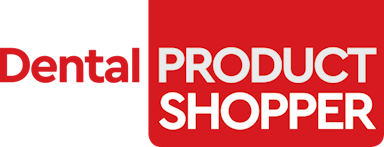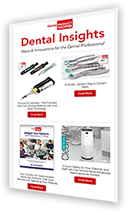Dr. MacDonald has transformed her vision into a fully digital, streamlined practice—fueling growth, enhancing team satisfaction, and elevating the patient experience
What made them gravitate to the Primescan 2?
They can just launch it in a browser and easily enter patient information, and we have 3 monitors in every room so they can pick whichever monitor works for them to show the patient their scan. They just really enjoy that it's that easy, and the fact that it’s wireless and they can carry it around.
How has the Primescan 2 performed overall?
We not only scan every new patient and take wellness scans at recalls, but we also use it restoratively. We’ve evolved to the point where the original Primescan is used as a workstation and for scanning if all the Primescan 2 scanners are being used at the time. The Primescan 2 is just everyone's favorite. I think just the ease of setup makes it a faster scanner. And because the scan data is in the DS Core cloud platform, anyone can open up a scan right away wherever they are, and that scan is available to send to the mill or send to the printer, or for whatever they need to do with it after the fact. It's all very easy to do.
How has the DS CORE platform impacted your workflow?
For any given patient, we'll use DS Core multiple times in a day. So if they're in hygiene and getting a recall, my hygienist will take a scan and show the patient the heat map of their occlusion to point out any problems or show them any abfractions. We also run a SureSmile simulator for those people in case they're interested in seeing what their teeth would look like after we correct the alignment. My admin team uses it to send off information to third parties—if we've taken a CBCT scan, DS Core provides an easy way to send that file to a specialist. Or if we want to do a pre-authorization for a crown, they'll send the x-ray, the pre-authorization photo, and annotations to insurance companies to get coverage for patients. So, multiple people are using the same information at the same time, because it's all in DS Core and they can all access it at the same time.
DS Core allows for better communication all around. If we take a SureSmile simulation and the patient seems interested, we'll share that simulation directly with the patient from DS Core. If they need a crown or we've noticed that there's caries with the caries detection software, we'll put that in the Communication Canvas and share that with the patient.
It sounds like the printer and the mill really complement each other. Do you see that relationship evolving?
3D printing is definitely getting better and better, and I think as materials continue to evolve and things get quicker, printing will be used more for more applications. But with the vast array of materials that you can use for milling, I don't see that going by the wayside either. I think it's going to be a marriage between the two. And that's what I love about the Primeprint and the Primemill and the whole ecosystem of Dentsply Sirona—everything talks to each other.
What are the biggest advantages to having an integrated digital workflow?
I would say to provide same-day dentistry for patients. I often get patients coming to me from other doctors who told them that they need a crown, but they don't want a 2-visit crown—they want it the same day. And to do that digitally, it's amazing—it's easier for my team, there's less waste overall, and there's less back and forth with labs. When you're taking an analog impression and sending it off to a lab, it needs to be couriered there. Who knows how long that impression sits in a car, which is especially an issue in Canada where it can either be as hot as the sun or as cold as the Arctic. When it's all sent digitally, there's no waste, it is not rolling around in a car, and you're not paying for sundries like impression material and trays that you're just throwing away or storing. It's just so much more efficient and I think better for the environment.








